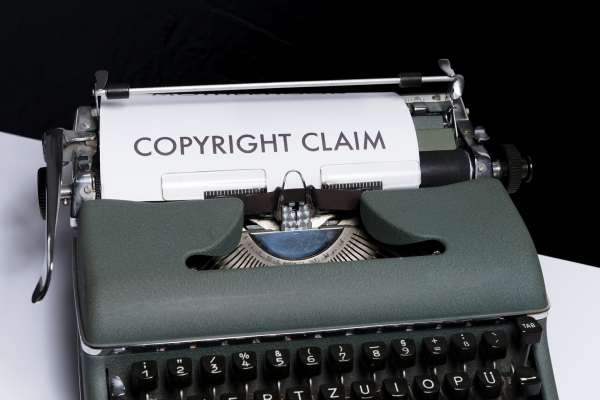Digital rights management (DRM) is essential for any organisation that creates or uses digital assets of any kind. Without the right DRM practices, you could face costly consequences both in terms of finances and time. In this post, we’ll take a closer look at DRM and the best course of action.
Broadly speaking, there are two main ways in which DRM can manifest itself. The first is for companies which download and use digital assets like images and videos. In some cases, these are royalty free with full permission to use however you see fit. That’s not always the case though. Many content creators will restrict their assets for personal use, or even no use at all unless the rights are purchased.
Whether you purchase the odd stock image or your creative team is constantly buying new assets, it’s important to keep track of the rights you have for each and every asset. Failure to do so can result in huge legal fees, with the cost of copyright violations far more than the original cost of a stock image, for example.
On the flipside, DRM is also important for content creators who are looking to make money by selling the rights to their work. With multiple assets, different permissions or limitations, and an ever-growing number of buyers, it’s highly difficult to keep track of everything on your own.
The result could be someone using your work without the relevant licence. Most importantly, they would be doing so without your knowledge, meaning you would miss out on some much-needed revenue.
Even worse, DRM problems can be notoriously difficult when you have to react to them. Going back through transactions for weeks, months or years can be hugely time-consuming. The same is true for content users, if they haven’t kept track of the right and permissions for assets they’ve purchased.
Whichever side of the picture you’re on, it’s important to have software that can help you keep track of digital rights. Digital asset management software can do exactly that, keeping track of rights and permissions as part of each asset’s metadata.
Creative teams can work freely, knowing their use of images or videos won’t result in a costly copyright violation. You can set specific permissions within the system to make sure assets don’t get into the wrong hands.
On the other hand, content creators have full control of their assets, with digital watermarks, download restrictions and even integrated payment options. If someone is using your assets without permission, you’ll know for sure.
iBase’s feature-rich digital asset management system is invaluable to both creators and users of digital assets. A purpose-built image library makes it easy to store, organise, share and sell your assets, or use our software to store and organise assets with sophisticated metadata for rights and permissions.
Whatever your requirements, our team is here to help. Arrange a one-to-one demo to find out more.
